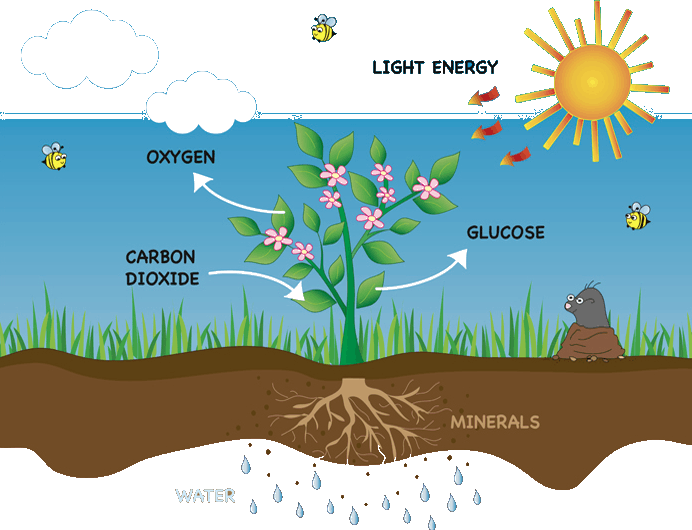Imidacloprid (IMD) is the most widely used neonicotinoid insecticide found on environmental surfaces and in water. Analysis of surface-bound IMD photolysis products was performed using attenuated total reflectance Fourier transfer infrared (ATR-FTIR) analysis, electrospray ionization (ESI-MS), direct analysis in real time mass spectrometry (DART-MS), and transmission FTIR for gas-phase products. Photolysis quantum yields (ϕ) for loss of IMD were determined to be (1.6 ± 0.6) × 10–3 (1s) at 305 nm and (8.5 ± 2.1) × 10–3 (1s) at 254 nm. The major product is the imidacloprid urea derivative (IMD-UR, 84% yield), with smaller amounts of the desnitro-imidacloprid (DN-IMD, 16% yield) product, and gaseous nitrous oxide (N2O). Theoretical calculations show that the first step of the main mechanism is the photodissociation of NO2, which then recombines with the ground electronic state of IMD radical to form IMD-UR and N2O in a thermally driven process. The photolytic lifetime of IMD at a solar zenith angle of 35° is calculated to be 16 h, indicating the significant reaction of IMD over the course of a day. Desnitro-imidacloprid has been identified by others as having increased binding to target receptors compared to IMD, suggesting that photolysis on environmental surfaces increases toxicity.
Source:
Kifle Z. Aregahegn, Dorit Shemesh, R. Benny Gerber, and Barbara J. Finlayson-Pitts.
Environ. Sci. Technol., 2017, 51 (5), pp 2660–2668
DOI: 10.1021/acs.est.6b04842
http://pubs.acs.org/doi/full/10.1021/acs.est.6b04842

- Login om te reageren
